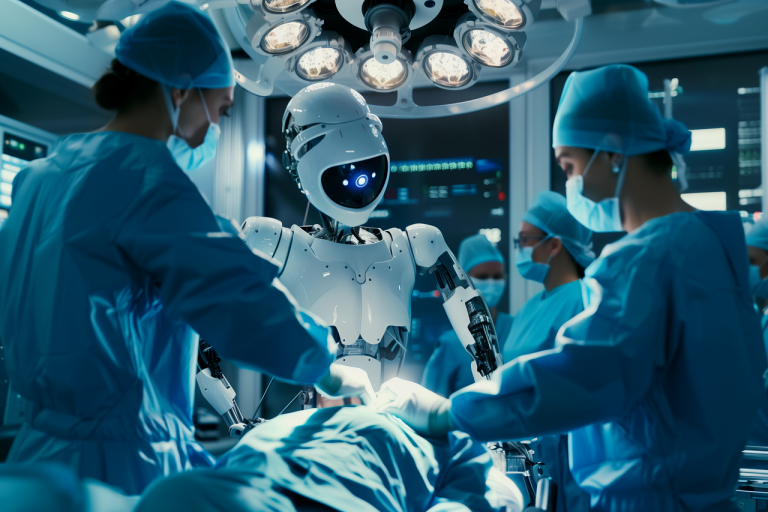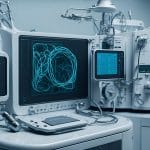A Reluctant Believer
You know, this is a powerful statement — but the clarity around it is still to be determined.
I remember when the first cellphones came out, followed by the rise of social media. I literally cringed. I could feel that we were being steered into a direction of no return — a path that would greatly reshape humanity. Even then, I understood something deeper: that we were slowly beginning to rely more on gadgets than the beauty and power of the minds we were born with.
I was one of those people who avoided new-age technology like the plague. I didn’t want to see what I knew would eventually come. And now, what I saw so many years ago is here. We have unlimited knowledge at our fingertips, yet we’ve stopped truly thinking for ourselves. Instead of critical thought, reflection, or curiosity, many now rely on instant answers from search engines or mimicry from social media — trading wisdom for convenience. Our brains weren’t built to scroll; they were built to imagine, to question, to expand.
We’ve also seen a rise in suicide rates, depression, and anxiety among our youth, driven in part by a loss of real human connection and the pressure to become what they see online. It’s a lot — and it still leaves me perplexed at times.
But I digress… let’s get back to the topic at hand.
A Shift in Perspective
Here in 2025, I’ve started to see something I never thought I would: maybe technology — and specifically AI — can help revolutionize medicine.
In Long Island, a 21-year-old man named Sebastien Beauzile became the first New Yorker to receive Lyfgenia gene therapy, effectively curing his sickle cell disease and freeing him from lifelong pain (Newswise, 2025). It was through gene editing — a revolutionary breakthrough made possible by AI-assisted precision medicine that we can be sitting here talking of a cure for sickle cell disease. When I saw that, something inside me shifted. This wasn’t just innovation — it was healing. It made me a believer.
Think of it: diseases like dementia, cancer, ALS, autoimmune conditions — what if AI can help us catch them earlier, treat them faster, and maybe even prevent or cure them altogether? It’s a radical change to humanity that I never saw coming, but now fully embrace.
Teamwork Over Replacement
Now, I know some worry that doctors will begin relying too heavily on AI — letting the tech do all the thinking. But let’s be honest: you’ll always have bad actors in any profession. What I’m advocating for is something different.
What if we reimagined healthcare as a three-way team: patient, doctor, and AI?
AI should never replace the physician. But what it can do is act like an intelligent assistant — offering diagnostic insights, flagging high-risk conditions, and surfacing options a doctor may not immediately see. That’s not a threat — it’s a gift when used responsibly.
A Future with More Time to Heal
I also believe AI can help reduce burnout by handling the mundane, repetitive, documentation-heavy tasks that weigh physicians down. When you give doctors back their time, you give patients more presence, more care, and better outcomes.
Imagine this: AI synthesizes chart data, alerts the physician to potential issues, and even drafts documentation. Studies from institutions like the University of Pennsylvania and Kaiser Permanente show that AI scribes can reduce documentation time by 20–30%, giving physicians back those precious minutes to look patients in the eye and connect (Penn DBEI, 2025). Now that same doctor has time to look at the patient, ask how they’re sleeping, and really listen.
That’s the world I’m hoping for — one where AI helps doctors be more human again.
And that, my friends, can truly save lives.
Thank You
Thank you for taking a moment to walk with me through this evolving journey — from skepticism to cautious optimism. I’m still learning, still questioning, but I’m also hopeful. Maybe, just maybe, AI can be part of the healing.
Sources
- Newswise. (2025). First Patient Treated with Federally Approved Lyfgenia™ for the Curative Gene Therapy Treatment of Sickle Cell Disease Leaves Joseph M. Sanzari Children’s Hospital at Hackensack University Medical Center. https://www.newswise.com/articles/first-patient-treated-with-federally-approved-lyfgenia-for-the-curative-gene-therapy-treatment-of-sickle-cell-disease-leaves-joseph-m-sanzari-children-s-hospital-at-hackensack-university-medical-center.
- Penn DBEI. (2025). AI ‘Scribe’ Reduces Clinician Workload, Improves Patient Interaction. https://dbei.med.upenn.edu/press-release/ai-scribe-reduces-clinician-workload-improves-patient-interaction/.


